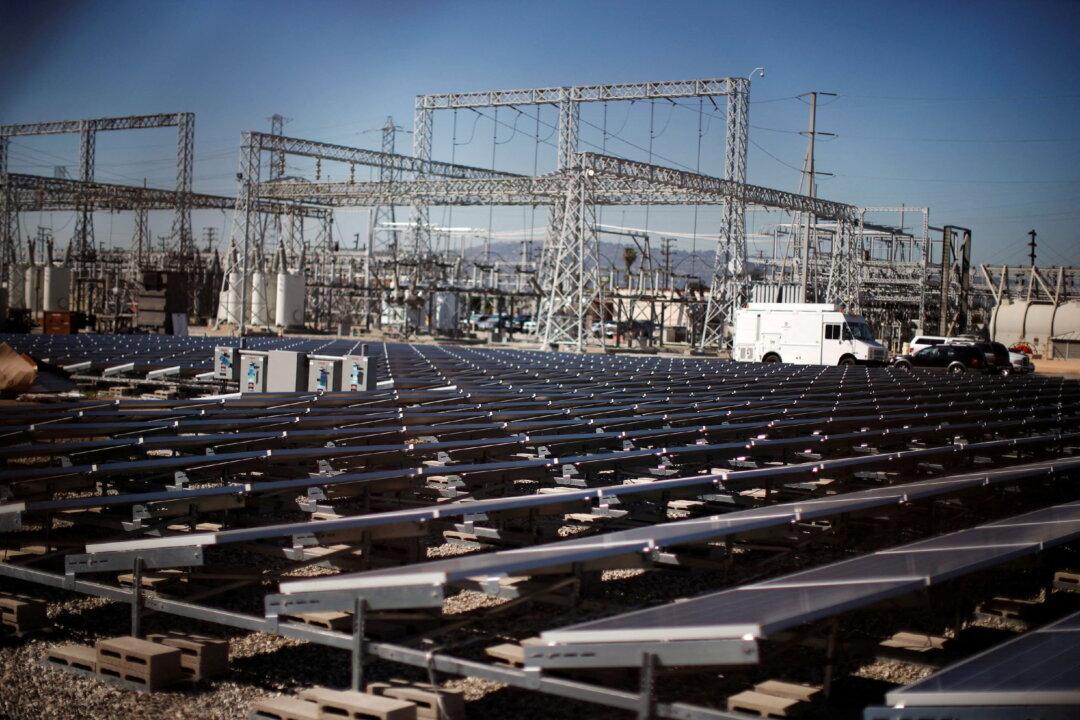Commentary
You might want to trade in your Tesla for a 2023 V8 Dodge Charger Hemi 870 horsepower gas guzzler. It turns out California will have practically no effect on reducing global temperatures no matter what you and other residents do—including how much carbon you use in your life of fun in the Golden State sun.





